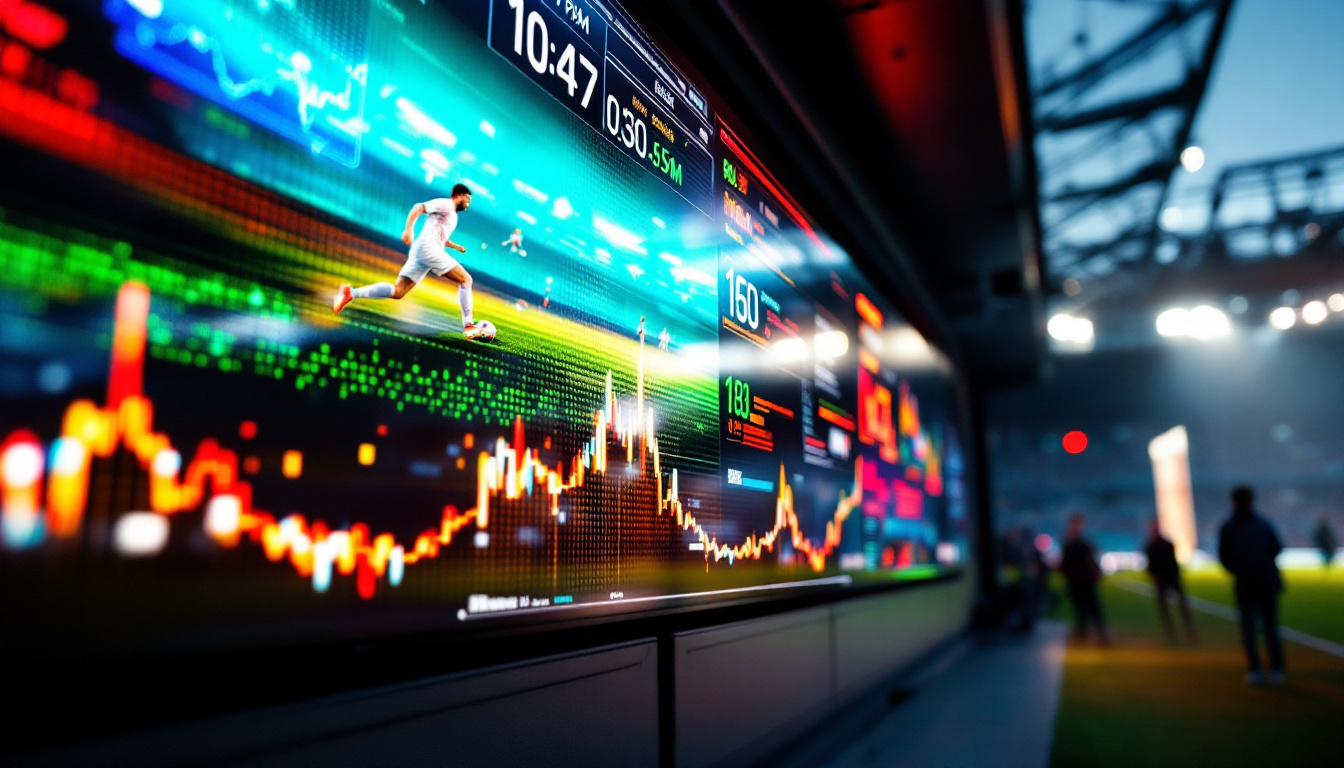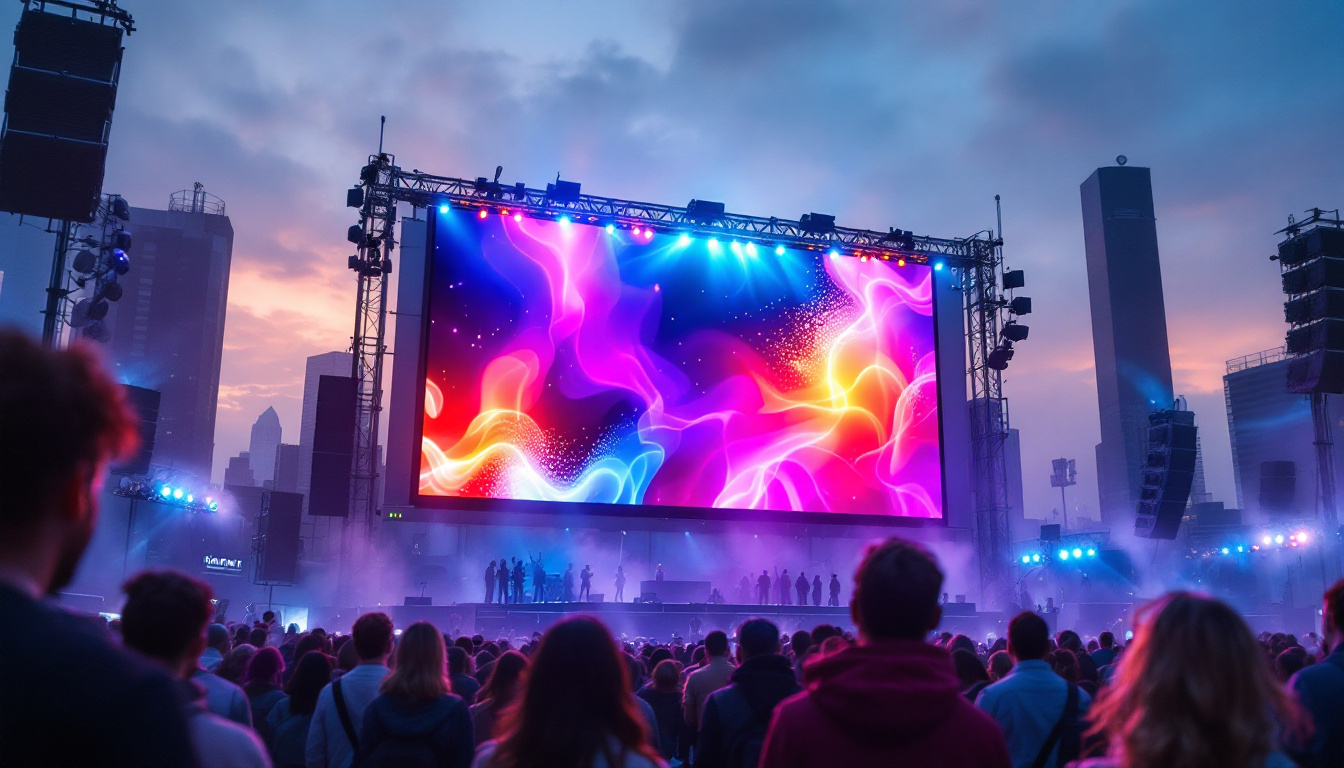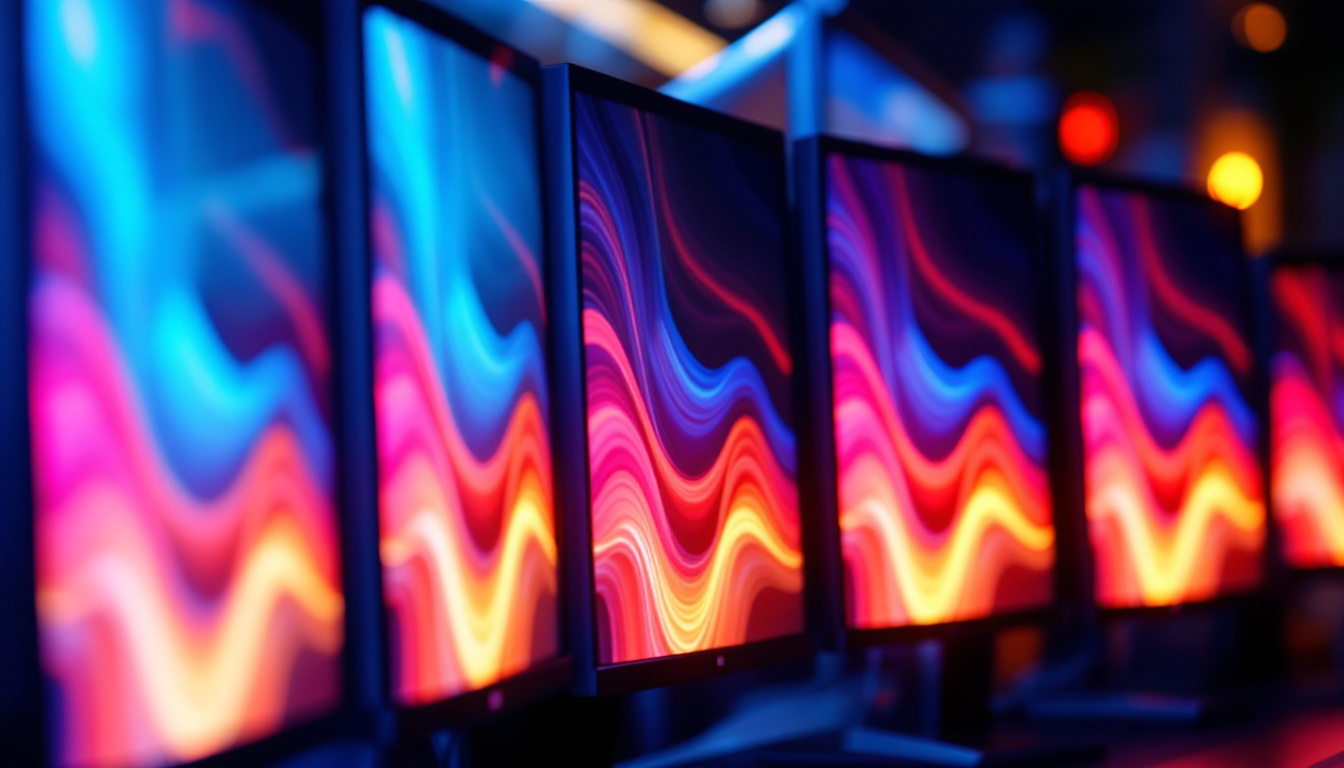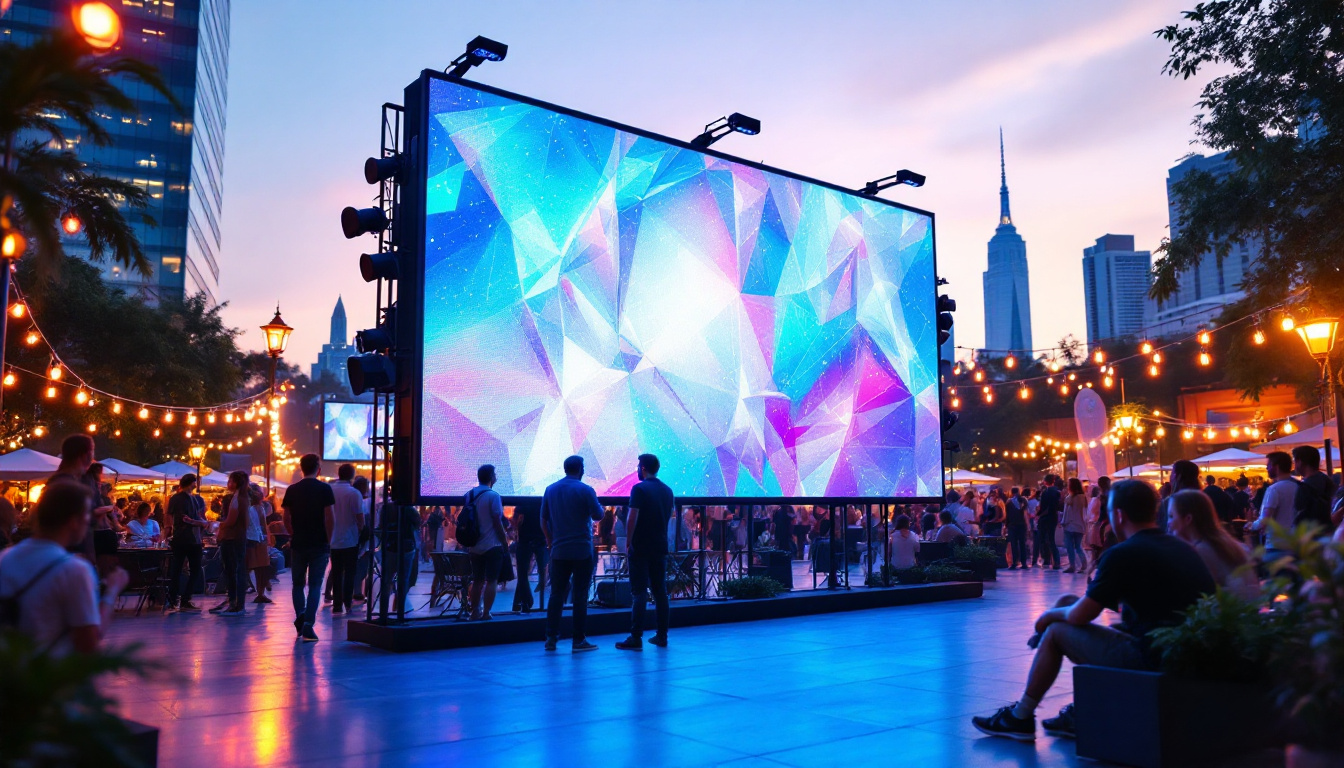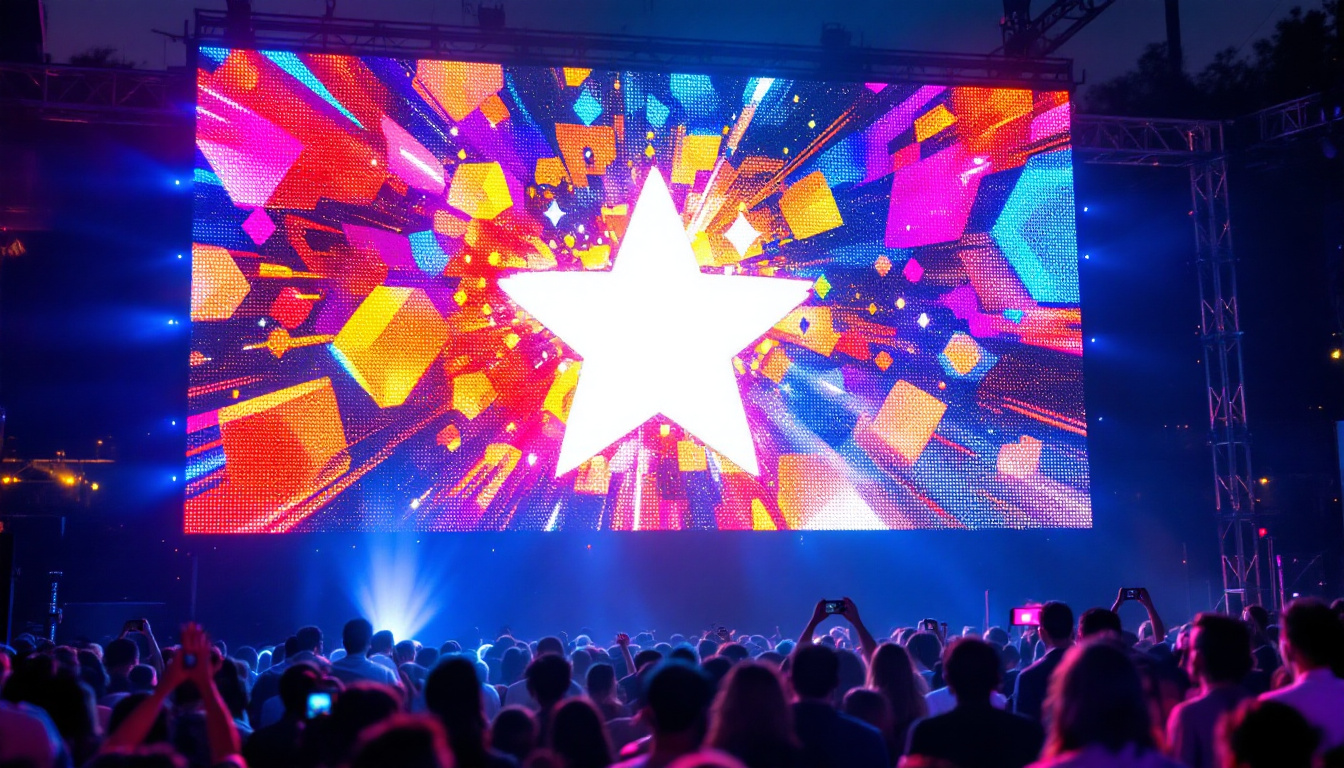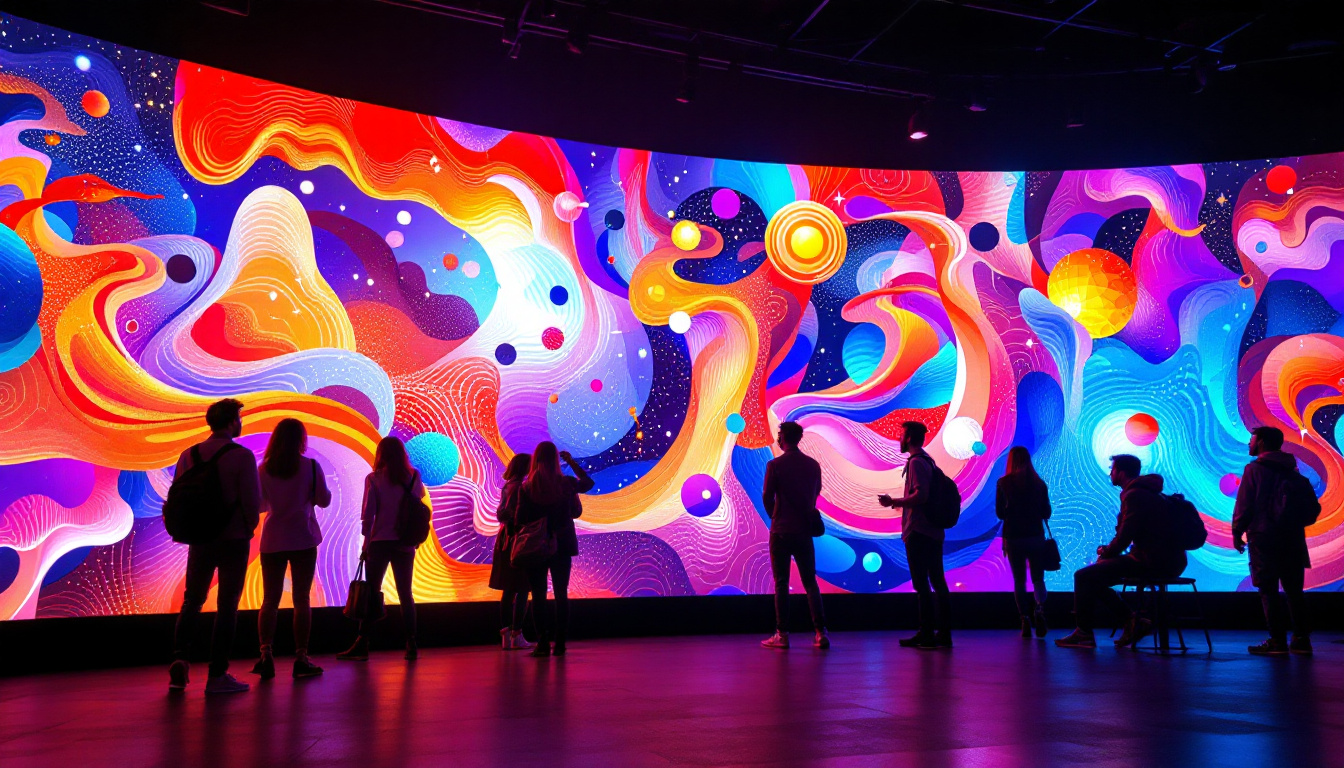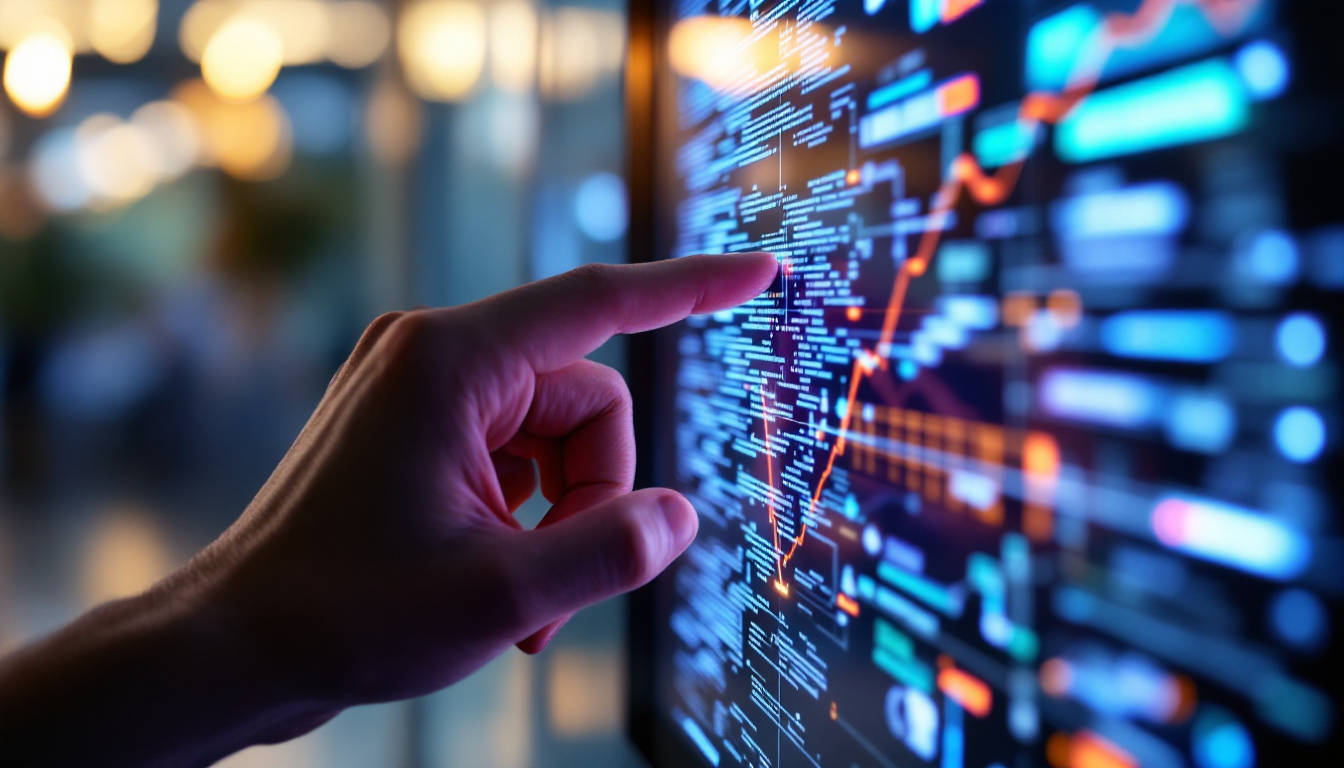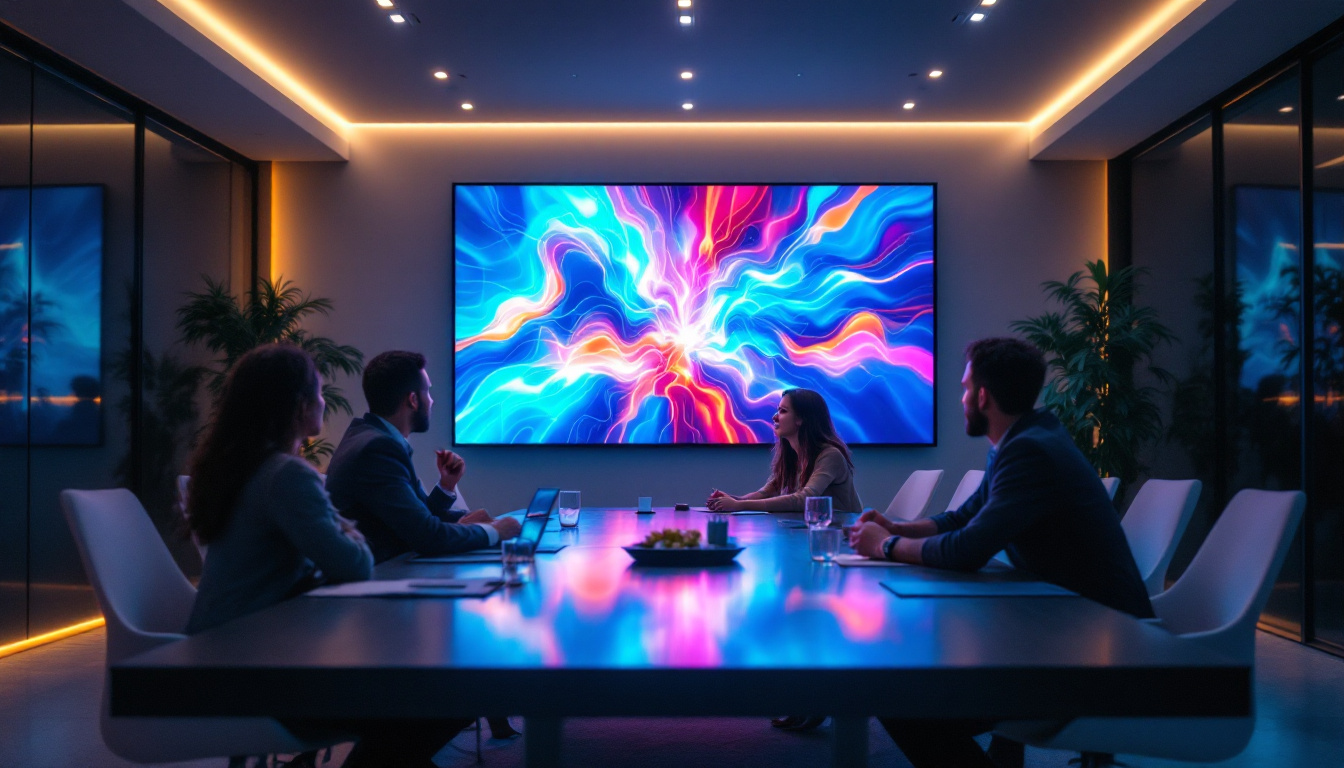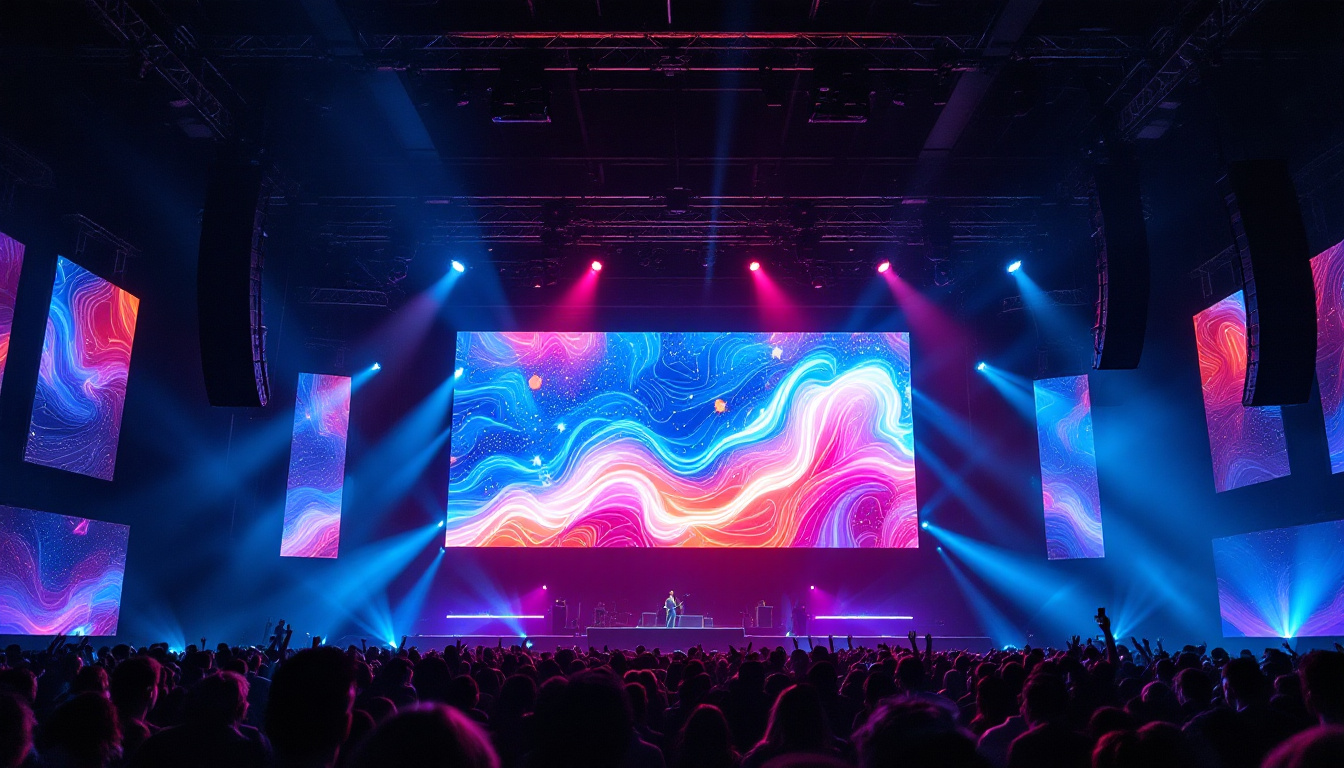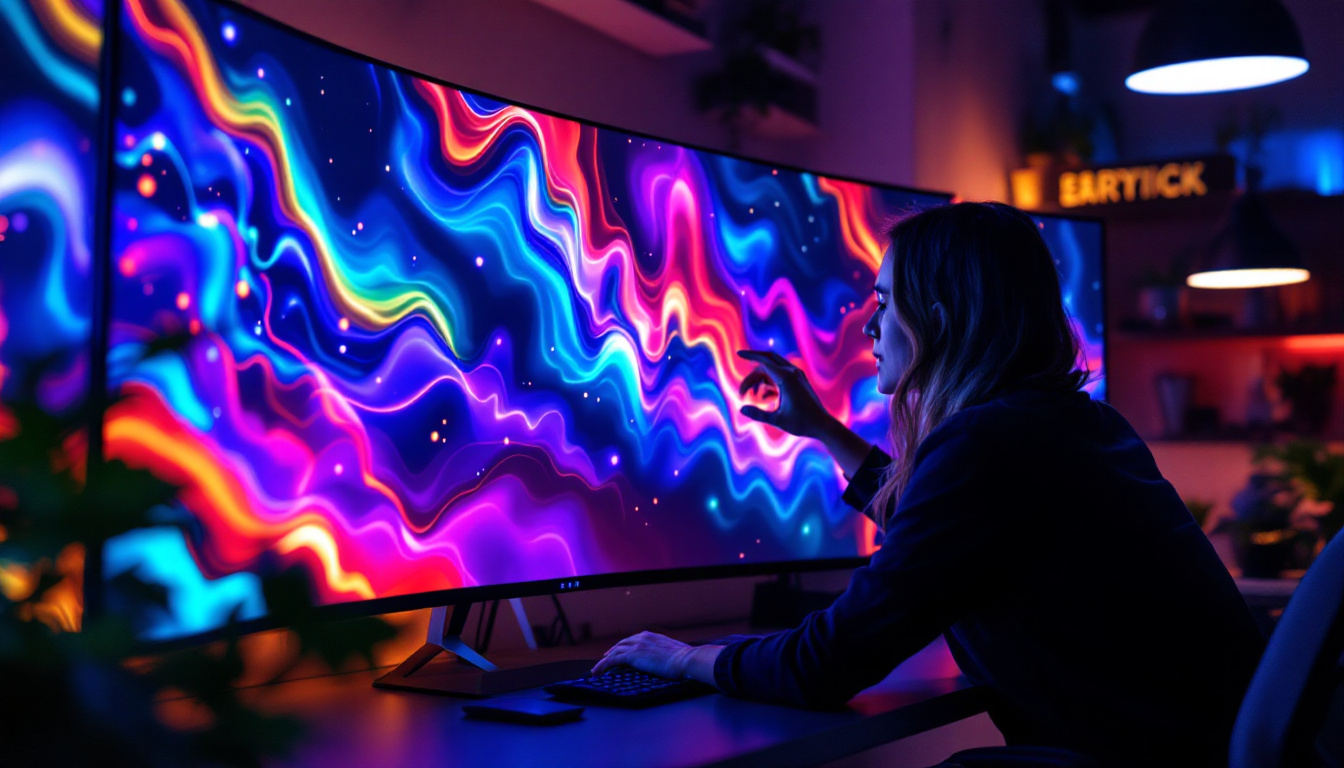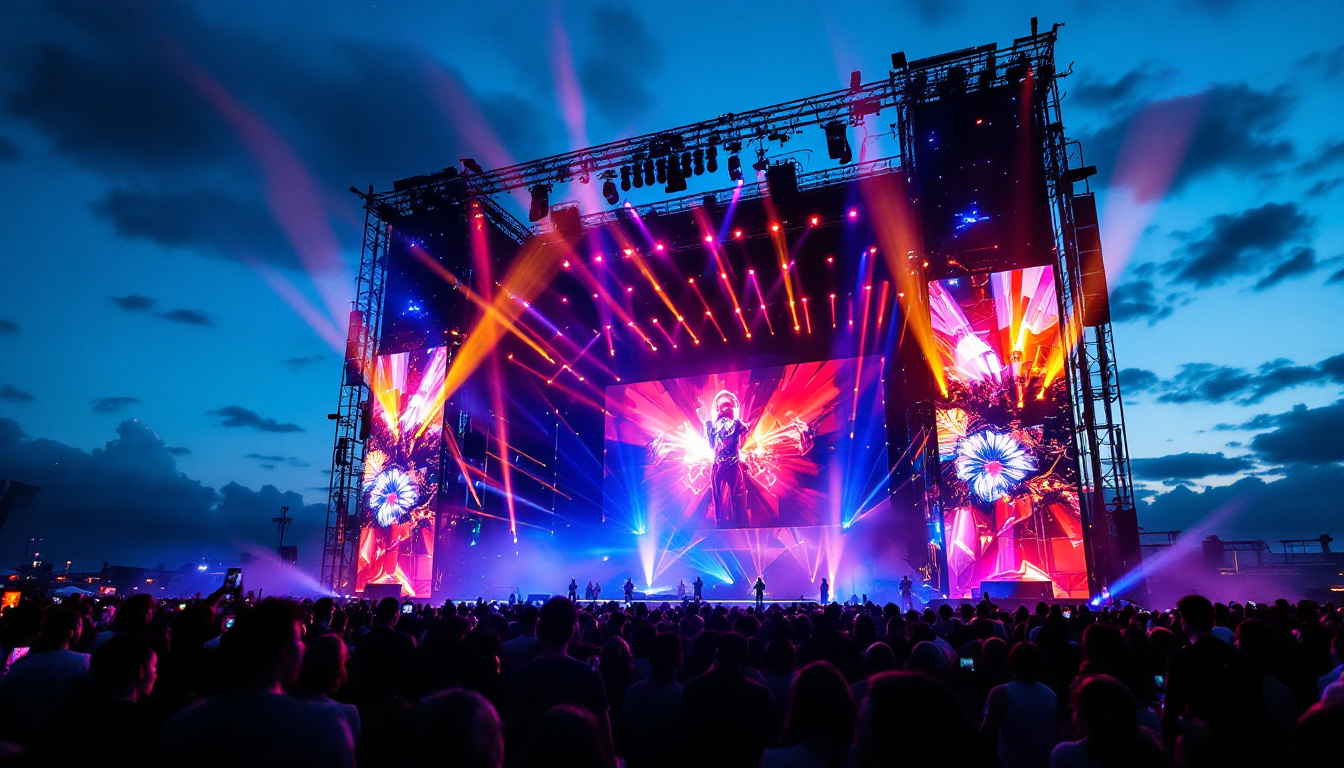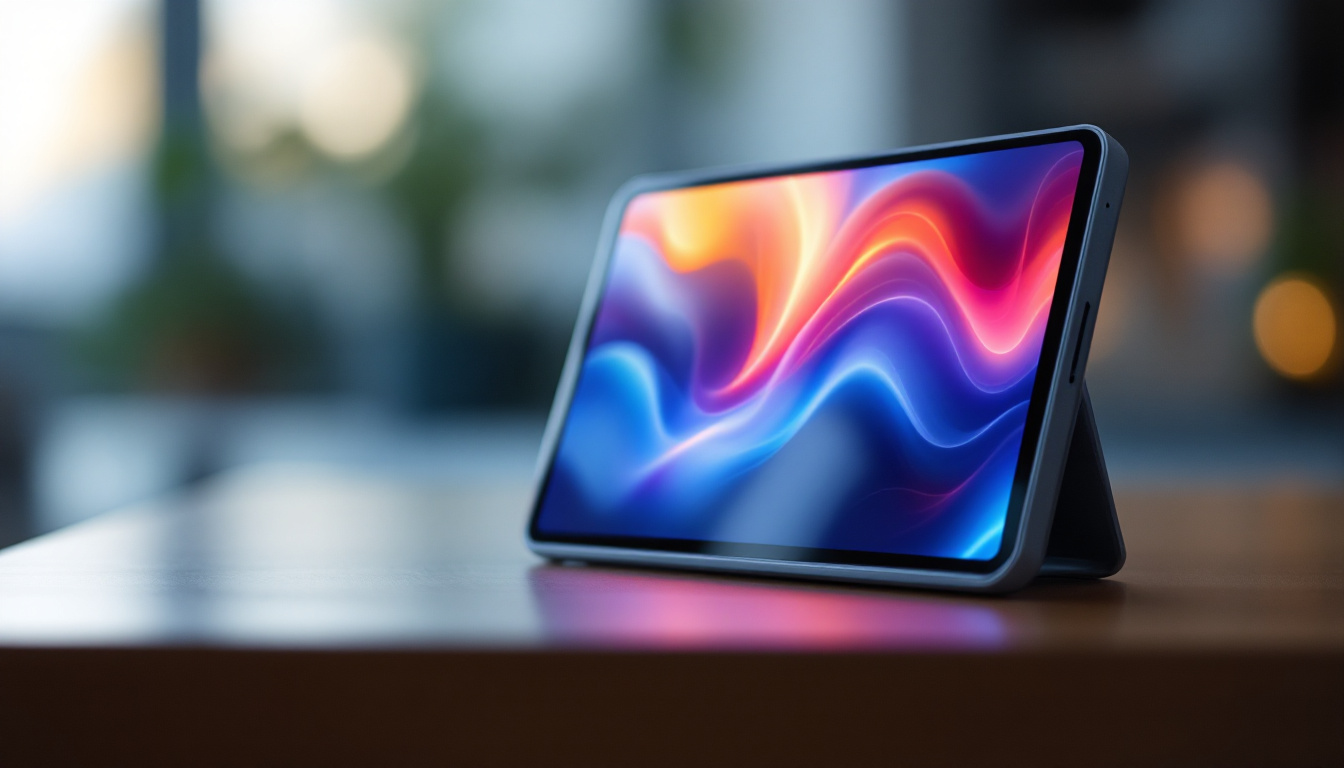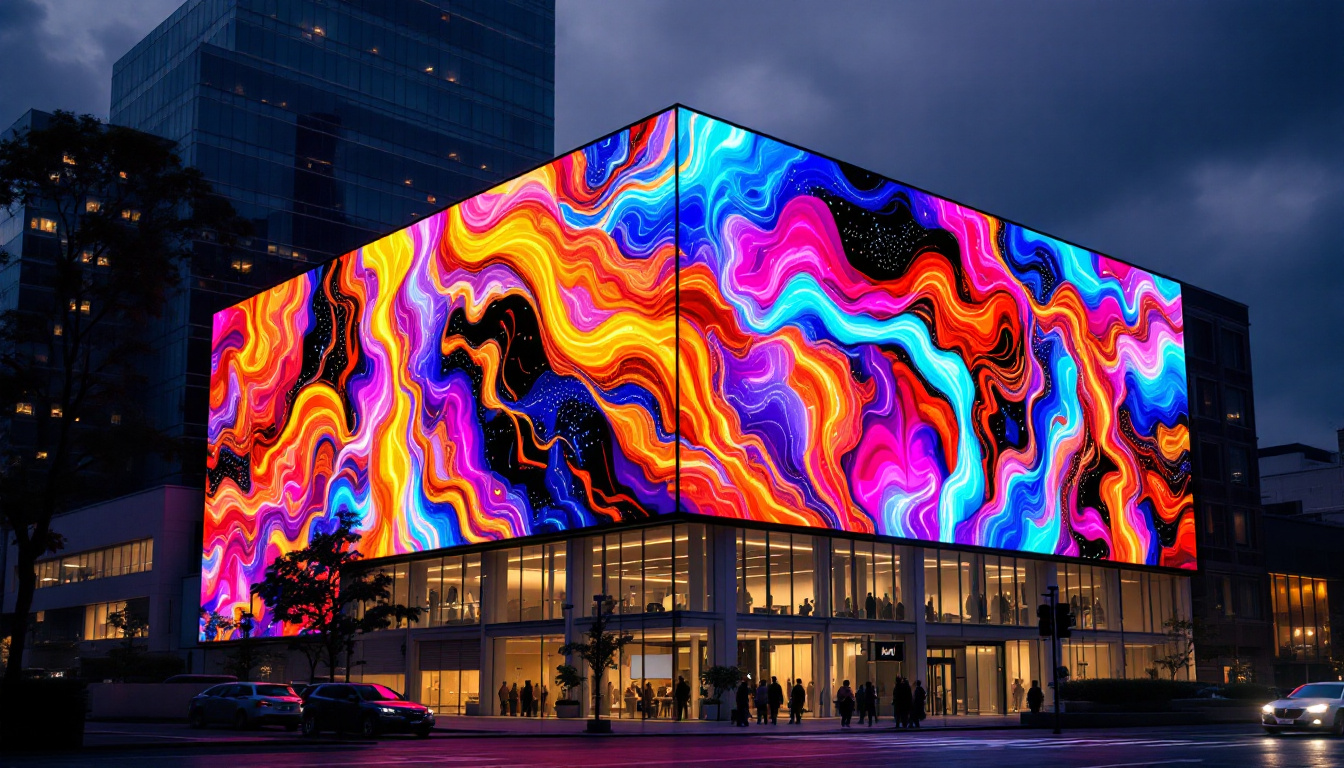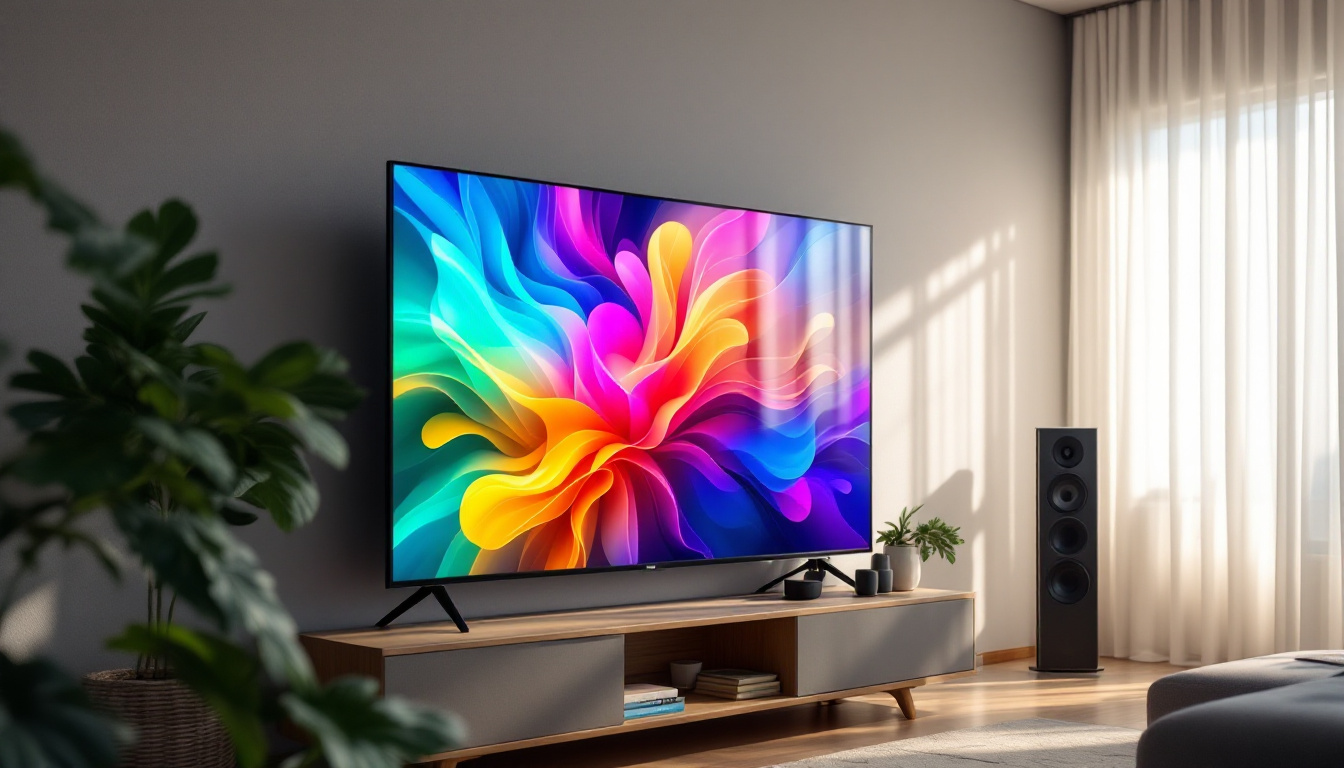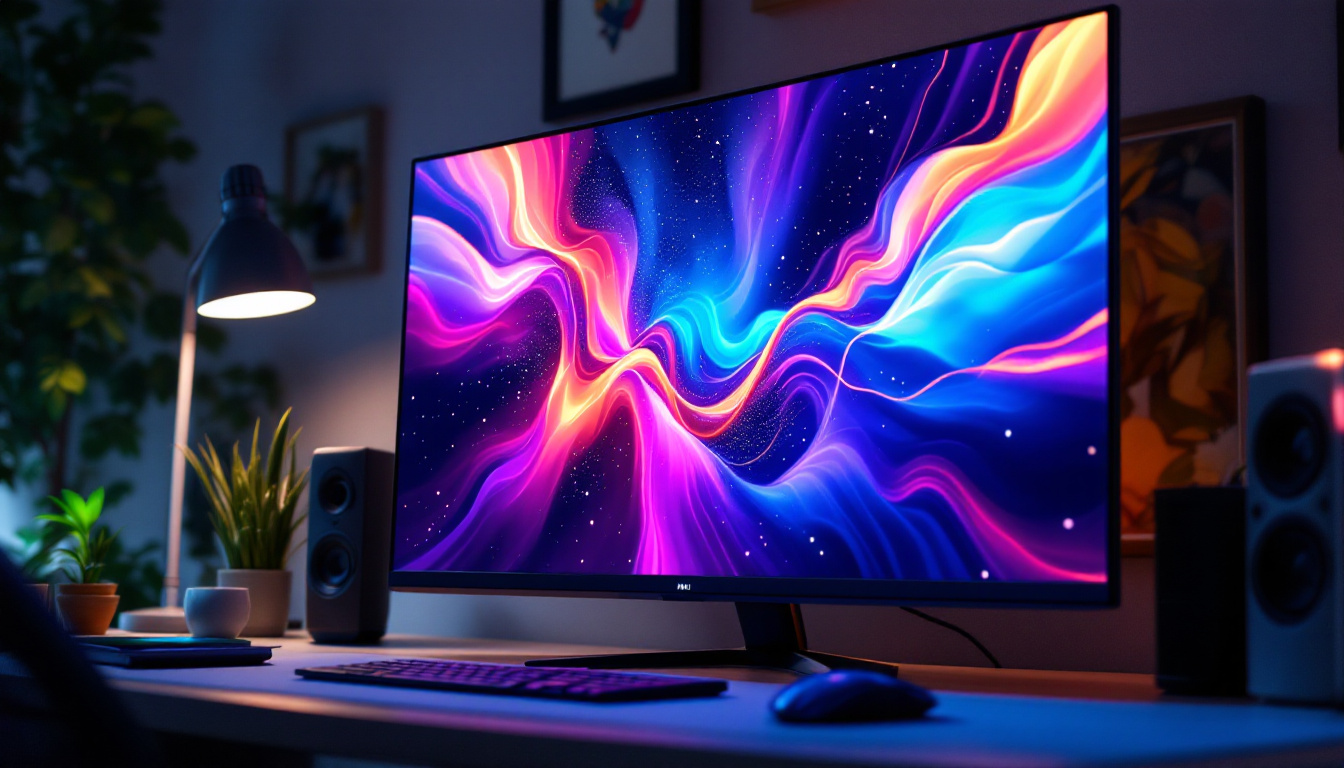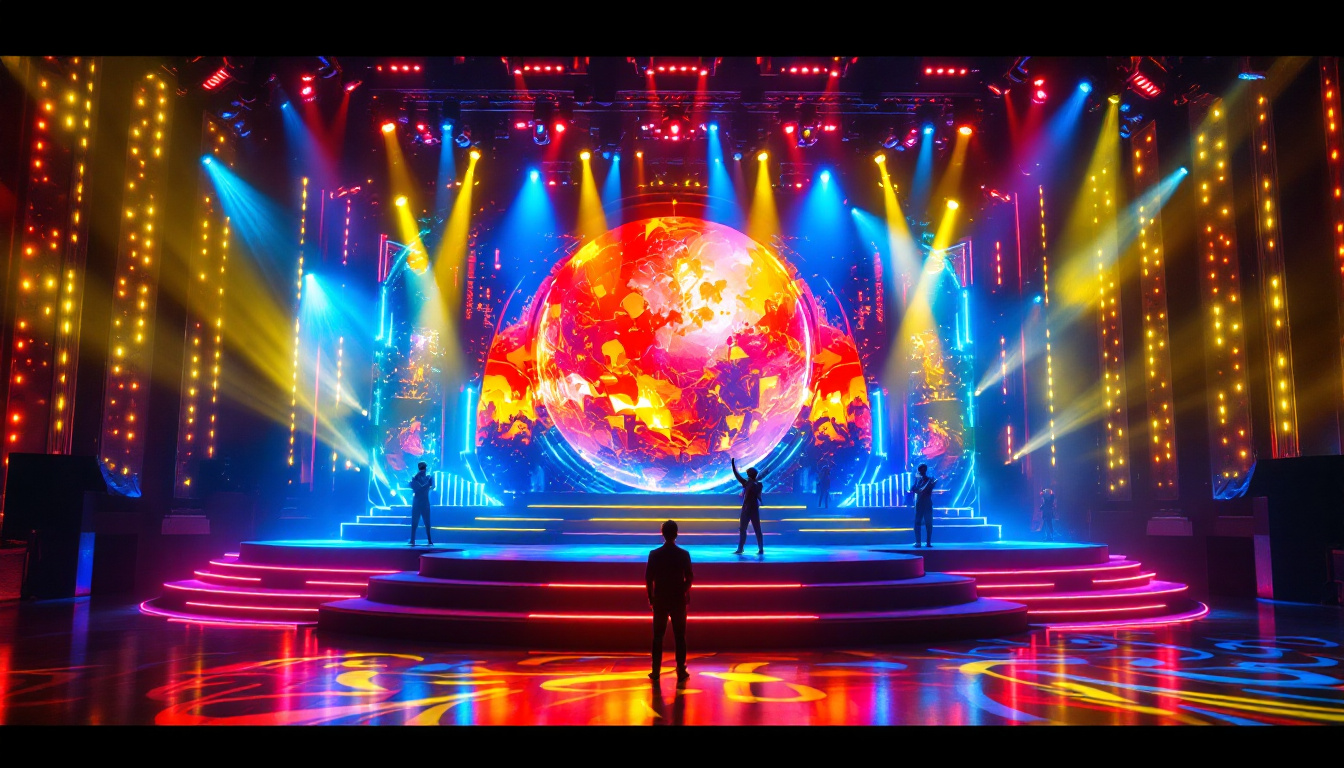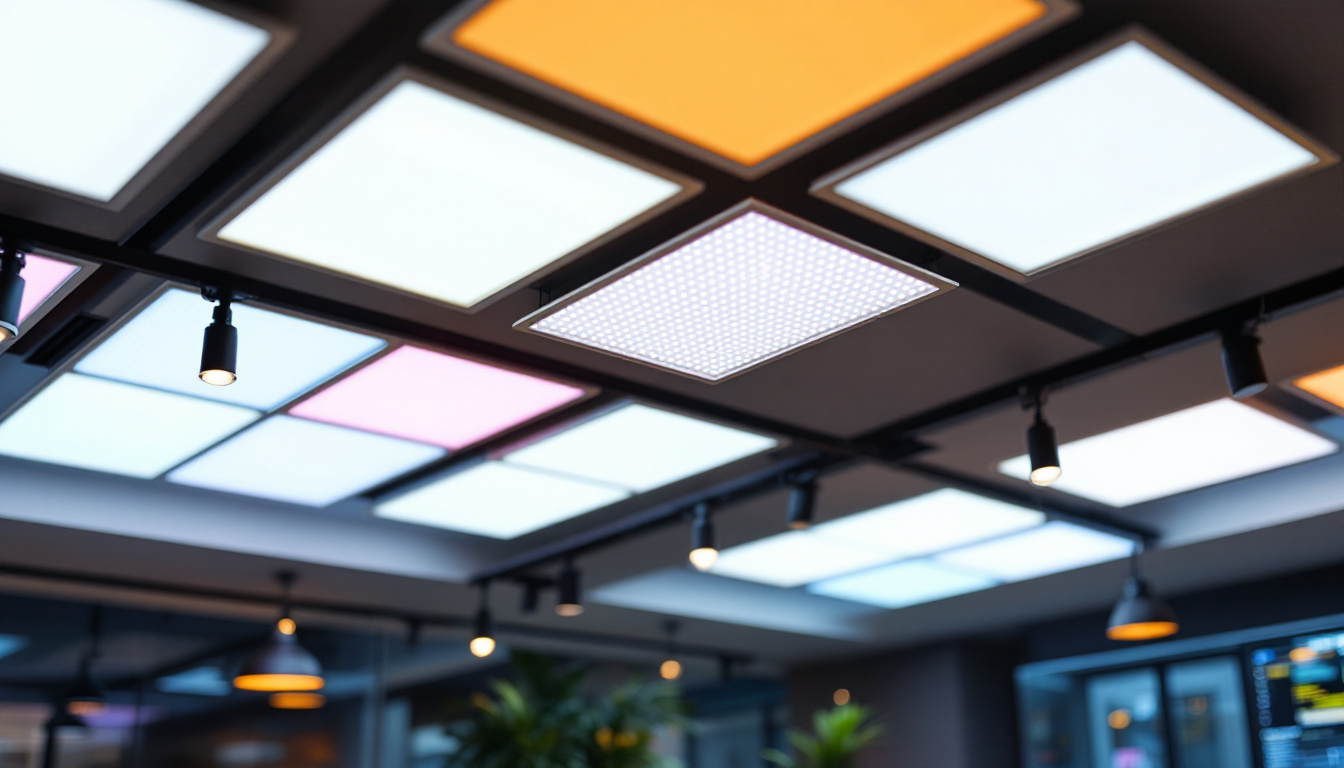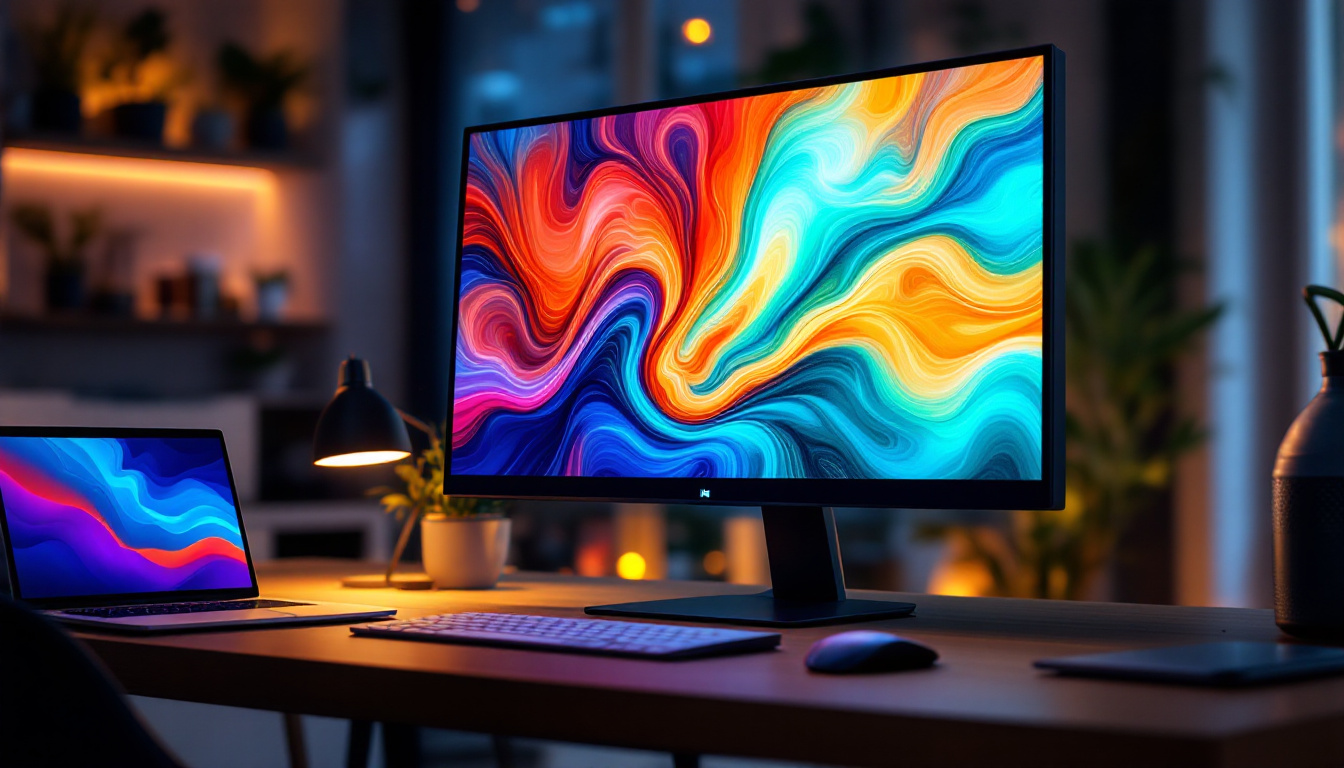In the realm of sports and performance analysis, pitch monitoring software has emerged as a vital tool for coaches, athletes, and teams. This technology enables precise tracking of various metrics, allowing for enhanced performance evaluation and strategy development. Among the essential components of this software is the LED display, which serves as a visual interface for real-time data presentation. This article delves into the intricacies of pitch monitoring software, with a particular focus on the role and functionality of LED displays.
Understanding Pitch Monitoring Software
Pitch monitoring software is designed to capture, analyze, and report on various aspects of athletic performance. This technology is commonly used in sports such as baseball, cricket, and soccer, where understanding the dynamics of pitch can significantly influence the outcome of a game. The software collects data on pitch speed, angle, spin rate, and other critical parameters, enabling teams to make informed decisions.
The Importance of Data in Sports
In today’s competitive sports environment, data-driven decision-making has become paramount. Coaches and players rely on analytical insights to refine their techniques, develop strategies, and enhance overall performance. By leveraging pitch monitoring software, teams gain access to a wealth of information that can be used to identify strengths and weaknesses, tailor training programs, and even scout opponents.
The ability to visualize this data effectively is crucial. This is where LED displays come into play, providing a dynamic and engaging way to present information to players and coaches during training sessions and games.
Key Features of Pitch Monitoring Software
Pitch monitoring software typically includes a range of features designed to enhance user experience and data accessibility. Some of the key features include:
- Real-Time Data Tracking: The software captures data in real-time, allowing for immediate feedback and adjustments.
- Performance Metrics: Users can analyze various metrics such as pitch speed, spin rate, and trajectory.
- Historical Data Analysis: The ability to compare current performance against historical data helps in tracking improvement over time.
- Customizable Dashboards: Users can tailor the display to focus on specific metrics that are most relevant to their sport.
The Role of LED Displays in Pitch Monitoring
LED displays serve as the visual interface for pitch monitoring software, transforming complex data into easily digestible information. These displays are crucial for providing immediate feedback to athletes and coaches, enhancing the training experience and facilitating strategic discussions.
Real-Time Visualization
One of the most significant advantages of LED displays is their ability to present data in real-time. During training sessions or games, athletes can see their performance metrics instantly, allowing them to make quick adjustments. For instance, a pitcher can view their pitch speed and spin rate immediately after each throw, enabling them to fine-tune their technique on the spot.
This immediate feedback loop is essential for skill development. Athletes can experiment with different techniques and see the results in real time, fostering a more interactive and engaging training environment.
Enhancing Communication
Effective communication between coaches and players is vital for success in any sport. LED displays facilitate this communication by providing a common visual reference. Coaches can point to specific metrics on the display while discussing strategies or performance improvements, ensuring that everyone is on the same page.
Moreover, visual displays can help in breaking down complex data into simpler formats. Instead of relying solely on verbal explanations, coaches can use graphs, charts, and numerical data presented on LED screens to illustrate their points, making it easier for players to understand and apply the information.
Engagement and Motivation
LED displays not only serve a functional purpose but also play a significant role in enhancing player engagement and motivation. Bright, colorful displays can capture attention and create an exciting atmosphere during training sessions. When athletes see their progress visually represented, it can boost their motivation to improve.
Furthermore, incorporating gamification elements, such as leaderboards or performance challenges displayed on LED screens, can foster a competitive spirit among team members. This healthy competition can lead to improved performance and a more cohesive team dynamic.
Types of LED Displays Used in Pitch Monitoring
There are various types of LED displays that can be utilized in pitch monitoring software, each offering unique advantages depending on the specific needs of the team or facility.
Static LED Displays
Static LED displays are commonly used in training facilities and stadiums. These displays present fixed information, such as player statistics or game scores, and are often used to provide a consistent visual reference. While they may not offer real-time updates, they are effective for displaying important metrics that do not change frequently.
Dynamic LED Displays
Dynamic LED displays are more versatile, capable of showcasing real-time data and analytics. These displays can update instantly, providing athletes and coaches with the most current information. For instance, during a pitching practice session, a dynamic display can show pitch speed and spin rate as each pitch is thrown, allowing for immediate analysis and adjustments.
These displays often incorporate advanced technology, such as touchscreens, enabling users to interact with the data directly. This interactivity enhances the user experience and allows for deeper engagement with the performance metrics.
Mobile LED Displays
Mobile LED displays are becoming increasingly popular in sports environments, particularly for outdoor events or practices. These displays can be transported easily and set up in various locations, providing flexibility for teams that train in different venues.
Mobile displays can be particularly useful for showcasing performance metrics during away games or tournaments, ensuring that athletes have access to the same level of analysis regardless of their location. This adaptability can enhance training consistency and performance evaluation.
Implementing LED Displays in Pitch Monitoring Systems
Integrating LED displays into pitch monitoring systems requires careful planning and consideration. Teams must evaluate their specific needs, budget, and the technology available to ensure a successful implementation.
Assessing Needs and Goals
Before investing in LED displays, teams should assess their specific needs and performance goals. This involves identifying the key metrics that are most relevant to their sport and determining how real-time data can enhance training and performance evaluation.
For instance, a baseball team may prioritize metrics such as pitch speed and spin rate, while a soccer team might focus on player positioning and movement patterns. Understanding these needs will guide the selection of the appropriate LED display technology.
Choosing the Right Technology
Once the needs are established, teams should explore the various LED display technologies available on the market. Factors to consider include display size, resolution, and interactivity features. high-resolution displays can provide clearer visuals, making it easier for players to interpret data quickly.
Additionally, teams should consider the software compatibility of the LED displays. Ensuring that the displays can integrate seamlessly with existing pitch monitoring software is crucial for a smooth user experience.
Training and Implementation
After selecting the appropriate technology, teams must invest in training for both coaches and athletes. Familiarizing users with the LED displays and the associated pitch monitoring software is essential for maximizing the benefits of the system.
Training sessions should focus on how to interpret the data, utilize the displays effectively, and incorporate the insights into training routines. This investment in education will empower teams to leverage the full potential of their pitch monitoring systems.
Future Trends in Pitch Monitoring and LED Displays
The landscape of pitch monitoring software and LED displays is continually evolving, driven by advancements in technology and the increasing demand for data-driven insights in sports performance. Several trends are emerging that could shape the future of this field.
Integration with Wearable Technology
As wearable technology becomes more prevalent in sports, the integration of these devices with pitch monitoring software and LED displays is likely to increase. Wearable devices can provide additional data points, such as heart rate and movement patterns, which can be displayed in real-time alongside pitch metrics.
This comprehensive data integration will enable teams to gain a holistic view of athlete performance, enhancing training programs and individual coaching strategies.
Artificial Intelligence and Machine Learning
Artificial intelligence (AI) and machine learning are poised to revolutionize pitch monitoring software. These technologies can analyze vast amounts of data to identify patterns and provide predictive insights. For instance, AI algorithms could analyze a pitcher’s performance over time and suggest adjustments based on historical data.
Incorporating AI-driven analytics into LED displays could further enhance the user experience, providing athletes with tailored recommendations and insights in real time.
Augmented Reality (AR) Enhancements
Augmented reality is another exciting trend that could impact the future of pitch monitoring. By overlaying digital information onto the physical environment, AR can provide athletes with immersive training experiences. Imagine a pitcher receiving real-time feedback on their form and technique through AR glasses, with data displayed directly in their line of sight.
This innovative approach could revolutionize how athletes train and interact with performance metrics, making training sessions more engaging and effective.
Conclusion
Pitch monitoring software, complemented by LED displays, has transformed the way athletes and coaches analyze performance. The ability to visualize real-time data enhances communication, engagement, and motivation among team members. As technology continues to advance, the integration of wearable devices, AI, and AR will further enhance the capabilities of pitch monitoring systems.
Investing in the right technology and training is essential for teams looking to leverage these tools effectively. By embracing the potential of pitch monitoring software and LED displays, teams can gain a competitive edge, ultimately leading to improved performance and success on the field.
Explore Cutting-Edge LED Display Solutions with LumenMatrix
Ready to elevate your team’s performance analysis with the latest in LED display technology? LumenMatrix offers a comprehensive range of LED display solutions, from dynamic Indoor and Outdoor LED Wall Displays to innovative LED Sports Displays and beyond. Our mission is to transform your visual communication and engagement on the field with high-impact, clear, and captivating displays. Don’t miss the opportunity to gain that competitive edge. Check out LumenMatrix LED Display Solutions today and experience the revolution in pitch monitoring and visual data representation.

